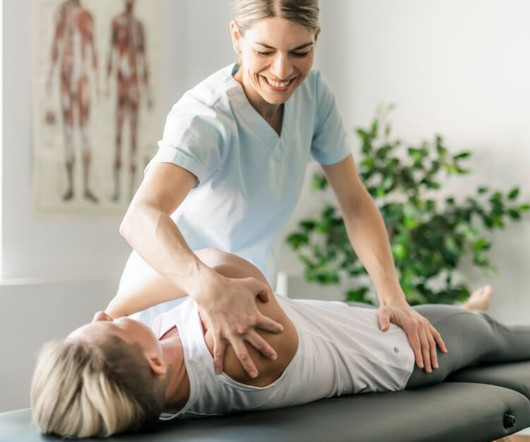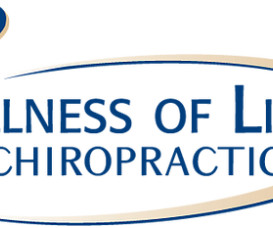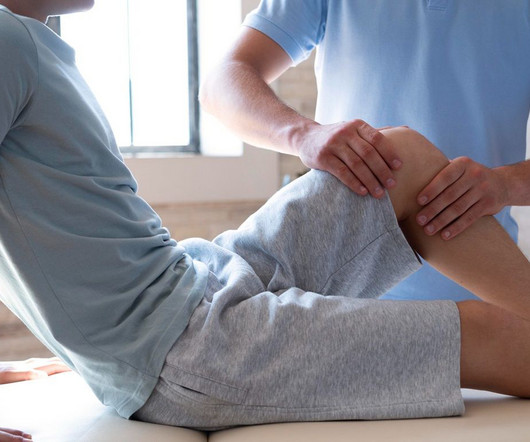7 New Research Findings Every DC Needs to Know About Rotator Cuff Injuries
ChiroUp
JANUARY 17, 2025
It has been shown to reduce pain and improve function with low adverse event rates. (16-18) 16-18) This study suggests that ESWT can be a highly effective therapy option for relieving pain in people with tendinopathy. Additionally, in individuals with rotator cuff tendinopathy, the SMD for pain reduction was 2.37












Let's personalize your content